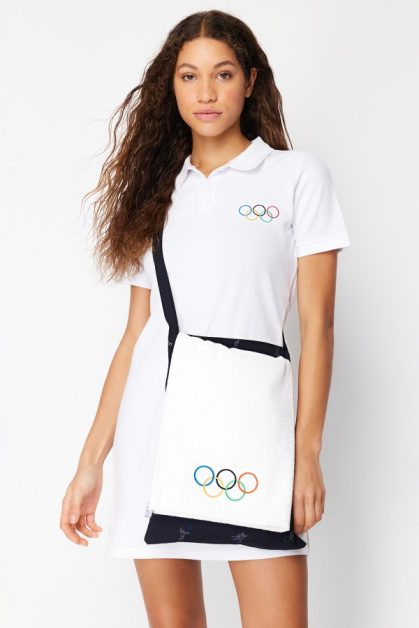In the 1990s, the fashion world saw a new trend emerge as a result of people's growing interest in various sports. Major fashion houses began drawing inspiration from sportswear, creating outfits that people started wearing outside of gyms and sports fields. During the Paris Haute Couture Week for Fall/Winter 2024-2025, held in late June and preceding the upcoming Paris Olympics, Dior launched its elegant collection inspired by the Olympic Games. The collection featured hand-embroidered swimwear, Grecian-inspired kaftans, and dresses paired with gladiator sandals, reminiscent of the attire worn by athletes in ancient Greece during the Olympic Games.
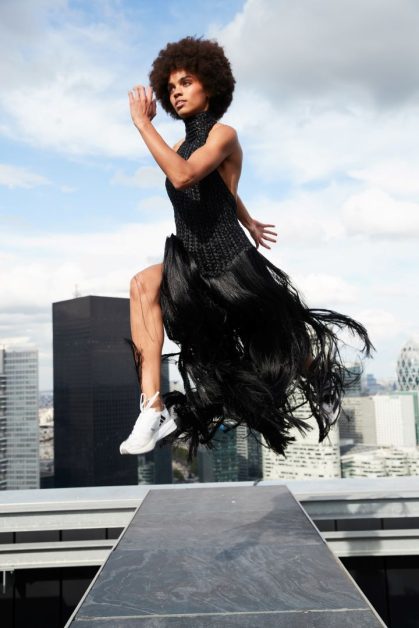
Following suit, designer Rami Al Ali unveiled his sophisticated dresses paired with sports shoes in Paris, with models holding footballs, prompting an exploration of the influence of sports on our clothing and lifestyle. The mid-90s saw the world embracing designs from top designers like Ralph Lauren, Stella McCartney, and Norma Kamali, who believed that sportswear should not be confined to gyms but should be part of our daily and even evening attire. How did this happen, and what has brought it back today, and in what form?
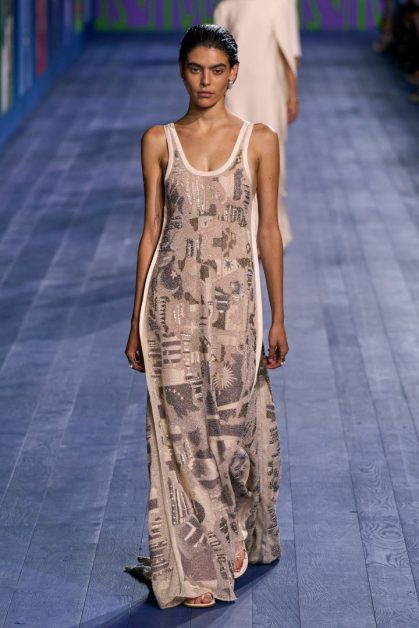
In 1994, Ralph Lauren was a pioneer in integrating sportswear into our daily lives, followed by designers like Anna Sui, Isaac Mizrahi, and Yves Saint Laurent. Adidas also contributed by launching striped tennis skirts paired with polo sweaters and T-shirts, evolving to pair polo shirts with long maxi skirts for evening wear.
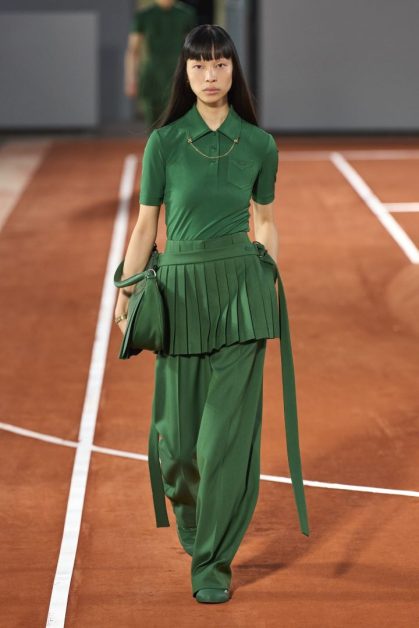
Chanel, under the creative direction of Karl Lagerfeld, designed special ski outfits adapted for women's daily wear. Central Park in New York became a showcase for these fashions, popularizing Converse shoes and Adidas Stan Smith models, blending sportswear aesthetics with the heritage of luxury fashion houses.
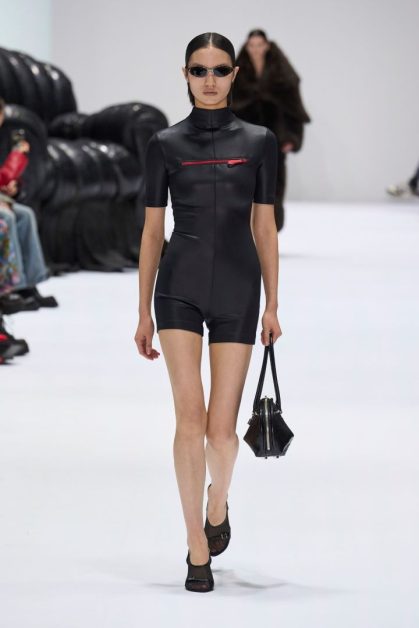
Additionally, Stan Smith Puma shoes in blue denim became popular. The 90s fashion focused on fitness and healthy bodies, influenced by the shiny, stretchy sports pants of the 80s inspired by Jane Fonda. Ralph Lauren released ski-inspired jackets and tennis dresses with vertical pleats reminiscent of the 30s. Isaac Mizrahi designed sports-inspired pieces that found their way into the wardrobes of fashion-conscious women, not just for exercise.
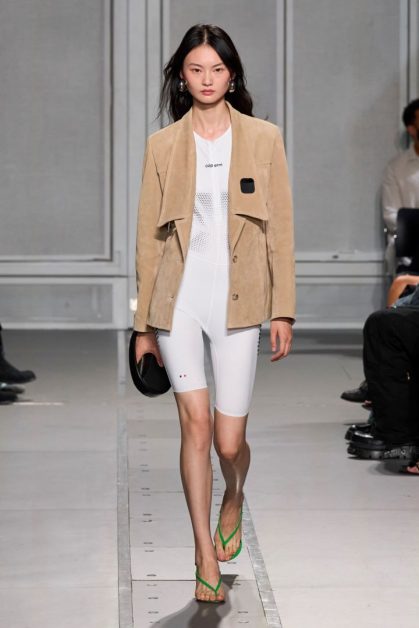
American designers recognized the importance of sportswear and saw it as a successful venture since the 1940s, before the innovative John Shevers developed Lycra fabric, essential for modern sportswear. This led to the creation of stretchy sports jumpsuits, quickly adopted by designer Azzedine Alaia, who crafted body-hugging jumpsuits. Norma Kamali introduced nylon sweaters, and Karl Lagerfeld released Biker Shorts with tweed jackets.
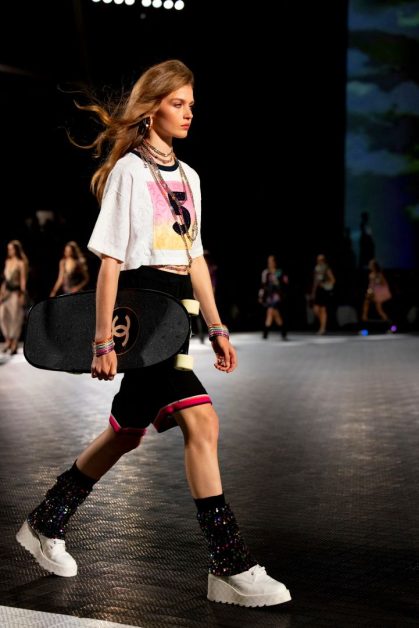
The craze for fitness and sports reached its peak with designers competing to create sheer, stretchy outfits to encourage body enhancement. This race extended to sports brands, with Nike launching the highly sought-after Michael Jordan shoe, whose popularity rivaled that of Hollywood stars and global artists.
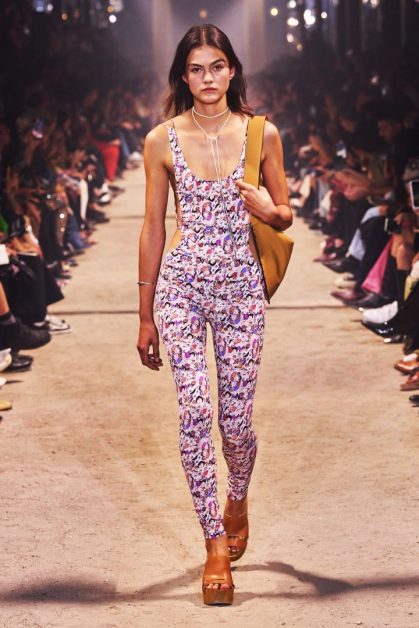
In this context, it’s understandable why fashion houses seized the opportunity to design sports lines to boost sales and connect with the younger generation, who found sportswear comfortable but lacking in style and richness.
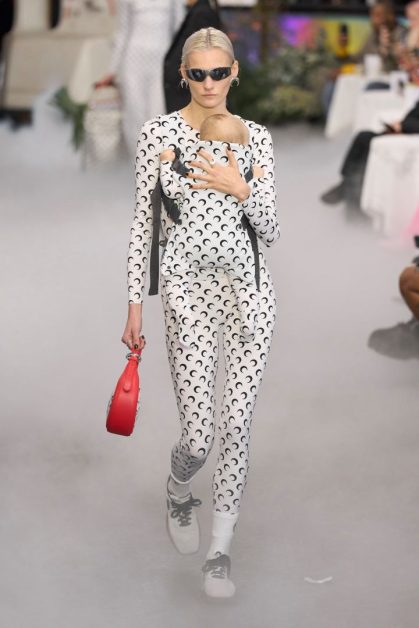
The question remains: has sportswear managed to suit all occasions and ages? The answer is a resounding yes. Grandparents, parents, and children alike can wear the same sports shoes for various occasions, and sports shoes now pair with formal suits on red carpets and weddings, as seen in movies like “Runaway Bride” starring Julia Roberts, which highlighted the appeal of sports shoes with wedding dresses.
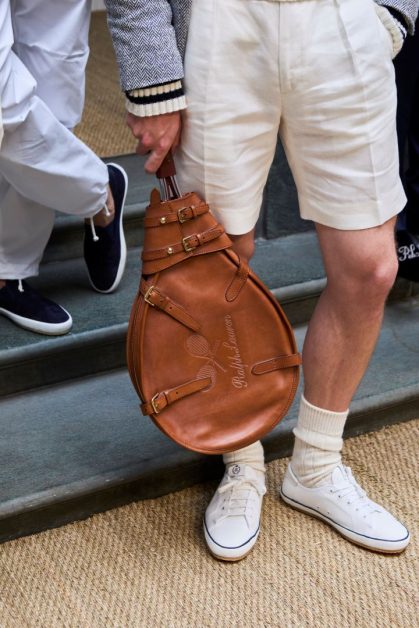
Gym wear and sporty bodysuits have taken over fashion runways for 2024 and 2025, complementing dresses, overalls, and more, now dubbed Athleisure. These outfits have become staples in women's wardrobes, enjoyed for their comfort and style beyond just workouts.
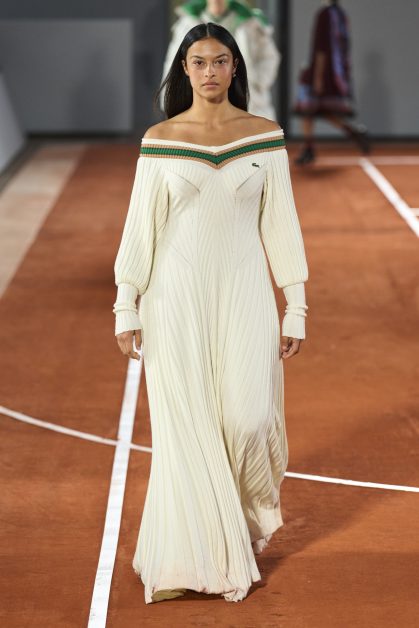
These sporty designs play a dual role, providing comfort and allure, making them suitable for various occasions. This trend has popularized crop tops paired with high-waisted midi skirts.
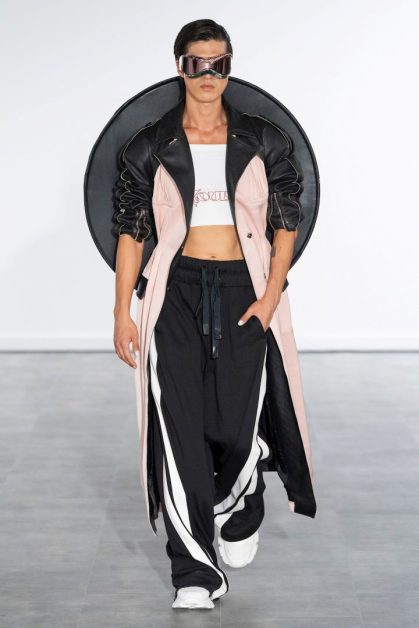
In 2024, futuristic elements dominated sportswear designs on runways, with brands like Kwak incorporating Hitech fabrics known for sportswear, paired with large visor glasses. Stella McCartney designed comfortable luxury activewear from flexible, comfortable fabrics suitable for business occasions.
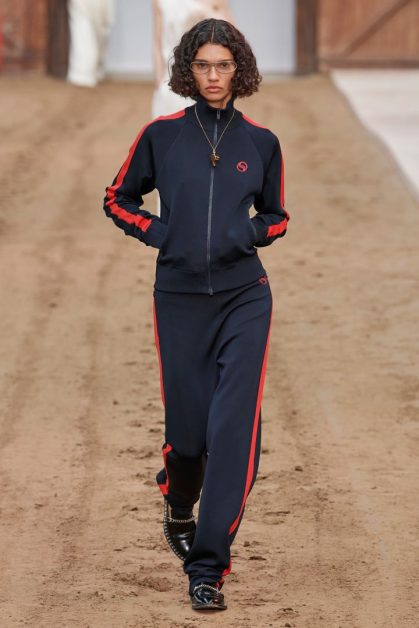
Among contemporary brands excelling in this domain, Lacoste stands out for its sportswear with tennis accessories. Trendyol also launched a new Olympic collection for sports enthusiasts worldwide, featuring Turkish designers' creations meeting global quality standards.
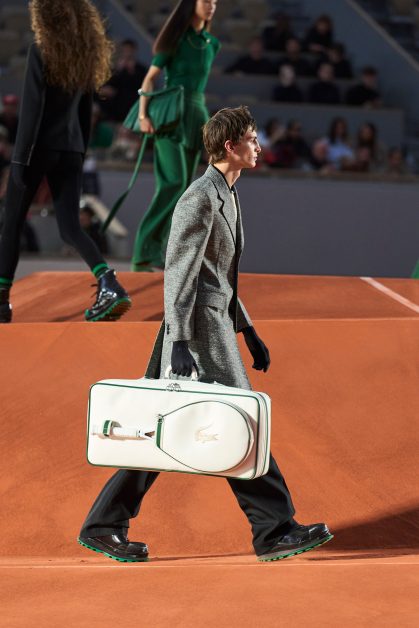
Celine also made its mark with specialized Pilates sports equipment, with model Kaia Gerber as the face of this sporty collection.
